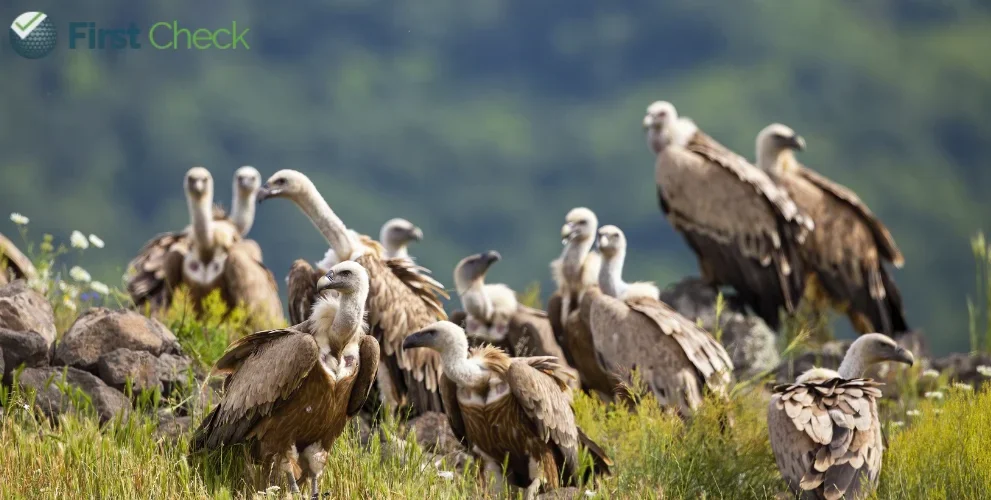Latest
Decline in vulture population causes half a million premature human deaths: Study
Author
Author
- admin / 1 year

- 0
- 3 min read

Author
Drastic reduction of these vital scavengers has allowed deadly bacteria and infections to spread unchecked, says the study published in the American Economic Association journal.
Vultures once thrived across India, with a population possibly exceeding fifty million. Today, the three primary species are critically endangered, having declined by more than 95 per cent. This drastic reduction of these vital scavengers has allowed deadly bacteria and infections to spread unchecked, resulting in the deaths of around half a million people over five years, says a recent study published in the American Economic Association journal.
The decline in the vulture population in India over the past few decades has had disastrous effects. According to the study, half a million humans may have died prematurely from 2000 to 2005 as a result of this ecological calamity.
The study attributes the collapse of vultures to chemical residue of the pain killer diclofenac in livestock animals, administered by farmers to treat fevers and inflammations. A vulture that feeds on a carcass with diclofenac residue can develop kidney failure within weeks and die.
Dicoflenac, a widely used non-steroidal anti-inflammatory drug, has been used as a veterinary drug to treat injuries, inflammations, and fevers in wounded or sick animals since 1990s. On finding that even trace amounts of the drug in the carcasses that vultures feed on results in lethal kidney failure, the Indian government banned the veterinary use of diclofenac in 2006. However, surveys conducted up to 2018 document rampant illicit use of diclofenac in livestock, including through the diversion of human dose.
“Thus, despite the 2006 ban, vulture populations remain a miniscule fraction of what they once were. Recovery is difficult because vultures have a low fecundity. A female vulture will lay at most a single egg each year. Vultures take five years until they reach sexual maturity,” notes the recent study.
Vultures are extremely effective at reducing a carcass to its bones; other scavenging species are not good substitutes from a sanitation point of view because they leave flesh behind. Historic presence of large and stable vulture populations simultaneously reduced pathogen and bacteria concentrations in the environment, as well as crowded out other mammalian scavengers such as dogs and rats that transmit various diseases including rabies.
“In the absence of vultures, the composition of species that feed on carcasses changes towards dogs and rats. The removal of carrion from the environment by vultures becomes more important in low to middle income countries where these birds have effectively substituted for expensive infrastructure to safely dispose of animal carcasses,” say authors of the study.
“The vulture is not a particularly attractive bird and evokes rather different emotions at first sight than do more charismatic poster animals of wildlife conservation such as tigers and panda bears. Our results suggest that subjective existence values alone may not be the best way to formulate conservation policy,” they add.
Read More : Explainer: How chewing your food more can aid weight loss









